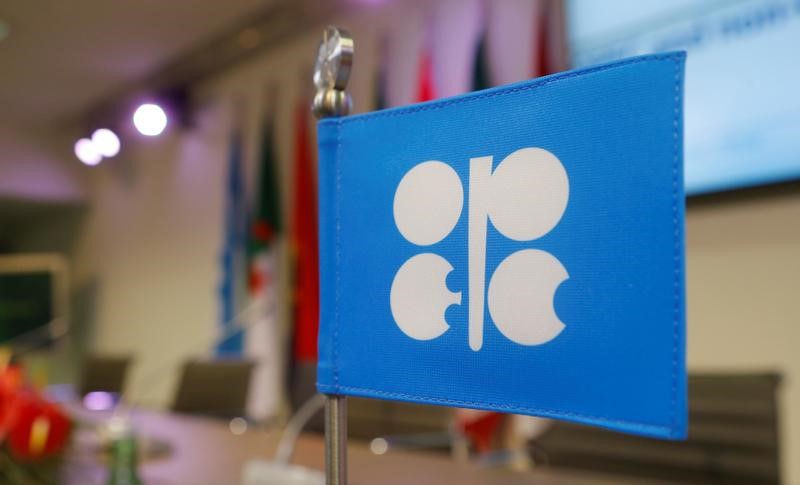By Alex Lawler and Reem Shamseddine
LONDON/KHOBAR, Saudi Arabia (Reuters) - Top OPEC oil producer Saudi Arabia made a large cut in its crude output in January to support prices and lessen a glut, helping boost compliance with the group's supply-reduction deal to a record high of more than 90 percent.
The Organization of the Petroleum Exporting Countries is curbing its output by about 1.2 million barrels per day (bpd) from Jan. 1, the first cut in eight years. Russia and 10 other non-OPEC producers agreed to cut half as much.
Supply from the 11 OPEC members with production targets under the deal fell to 29.888 million bpd last month, according to figures from secondary sources that OPEC uses to monitor its output. OPEC published the data in its monthly report on Monday.
Oil prices (LCOc1) pared an earlier decline after the release of the report, trading above $56 a barrel. OPEC's cut is supporting the market, but expectations that the move will lead to a revival in U.S. shale drilling have limited the rally.
In January, cutbacks by the 11 OPEC members amounted to 93 percent compliance, according to a Reuters calculation based on OPEC's figures. That's higher than the International Energy Agency's estimate of 90 percent, which it called a record.
"The preliminary numbers are showing a very high level of conformity within OPEC," the group's Secretary General Mohammed Barkindo told Reuters in Khobar, Saudi Arabia. "So far, so good."
Saudi Arabia told OPEC that it made an even bigger cut than estimated by the secondary sources, reducing January output by more than 700,000 bpd to 9.748 million bpd - lower than called for under the OPEC deal.
The report said production by all OPEC members, including cut-exempted Nigeria and Libya, fell by 890,000 bpd to 32.14 million bpd.
OPEC gave no compliance figure. Reuters saw an earlier version of the secondary-source figures last week that put compliance at 92 percent.
OPEC MEMBERS SAY OUTPUT HIGHER
While Saudi Arabia told OPEC of a large drop in output, figures provided by other OPEC producers to the group gave a more mixed picture of compliance.
OPEC also raised its forecast of the amount of oil that producers outside the group will pump this year, seeing supply growth of 240,000 bpd, up from 120,000 bpd previously.
Production levels reported by OPEC countries including Algeria, Iran, Iraq, the United Arab Emirates and Venezuela to OPEC were higher than estimated by the secondary sources.
Ten of the 11 OPEC countries with supply targets -- all except small producer Gabon with output of around 200,000 bpd -- reported January production to OPEC. Even without Gabon these add up to 30.173 million bpd -- much more than the secondary sources.
OPEC uses two sets of data to monitor output - figures provided by each country and by secondary sources, which include industry media. This is a legacy of old disputes over real production levels.
With demand for OPEC crude in 2017 also expected to average 32.14 million bpd, the report indicates there will be zero average surplus if OPEC keeps output steady. Last month's report pointed to a 985,000-bpd surplus.
Barkindo also told Reuters it was premature to say if the supply cut deal, which lasts for six months, should be extended, and that it would be enough to lower inventories to around the five-year average this year.

"I remain confident that we will be able to achieve our objectives within the course of the year," he said.